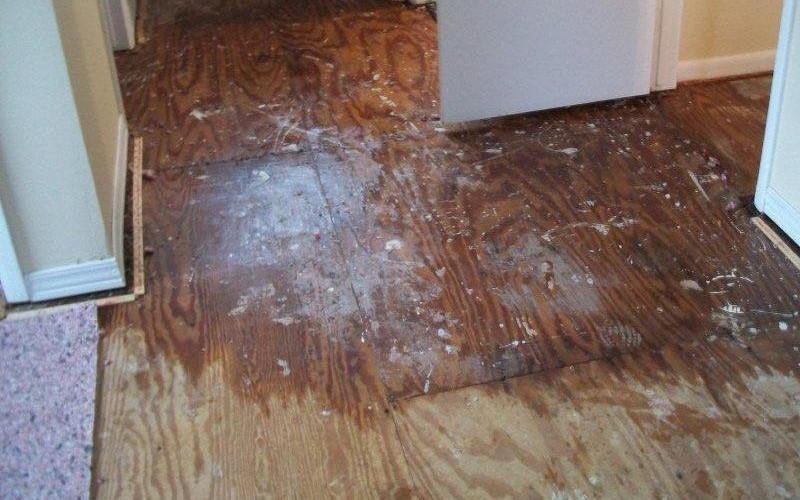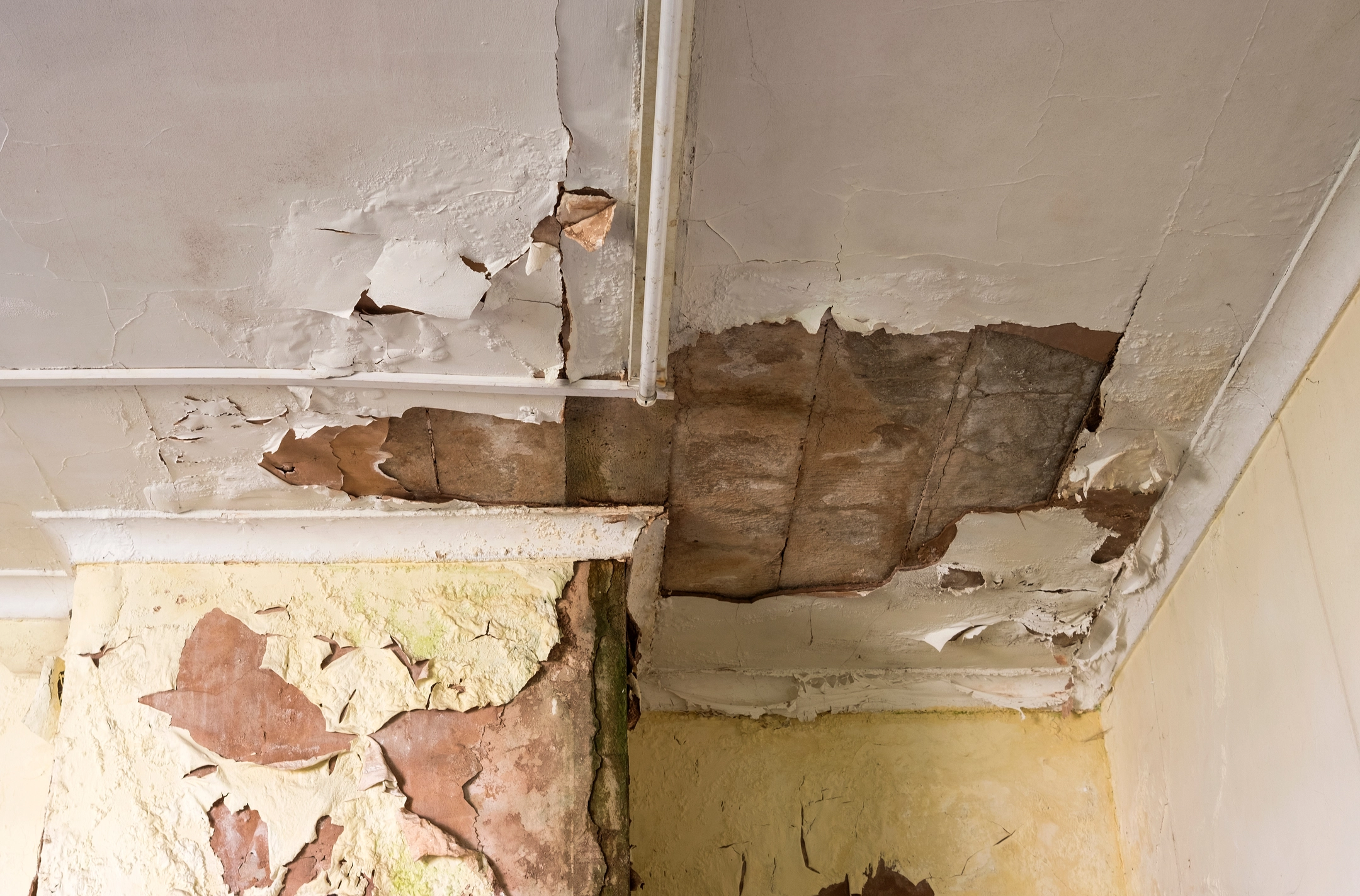The Refine of Water Damage Clean-up: Guaranteeing Your Home Is Recovered Efficiently
Water damages can be a daunting obstacle for house owners, requiring a structured and thorough clean-up process to recover security and functionality. damage restoration services. Following this, reliable water extraction strategies play an essential role in minimizing additional harm.
Examining the Damage
Upon uncovering water damage, the initial step is to extensively evaluate the extent of the influence. This initial analysis is important, as it aids figure out the necessary steps for reliable cleanup and reconstruction. Begin by examining the influenced locations, including wall surfaces, ceilings, floorings, and personal valuables, to recognize the source of the water invasion, whether from flooding, leakages, or condensation.
Documenting the damages is vital for both insurance coverage cases and intending reconstruction initiatives - damage restoration services. Usage photos and written notes to capture the intensity of the damages, noting any afflicted architectural components and materials. Pay unique focus to areas that may not be promptly noticeable, such as behind walls and under carpets, as hidden wetness can cause more complications, including mold growth
Furthermore, evaluate the timeline of the water exposure. Inevitably, a comprehensive assessment lays the foundation for an effective water damage cleaning procedure, ensuring that all impacted areas are addressed effectively and extensively.
Water Removal Methods

Experts commonly employ submersible pumps for bigger quantities of water, which can rapidly relieve flooding in basements or other influenced areas. For smaller sized amounts, wet/dry vacuums are typically made use of to remove recurring dampness from carpetings and hard surface areas. Additionally, using mobile extractors permits targeted removal in confined spaces or locations with fragile products.
In circumstances of polluted water, such as sewage or floodwater, advanced extraction techniques might entail making use of biohazard tools to make certain safety and security and conformity with wellness laws. High-powered removal tools are important in reducing water retention in structural materials, which can bring about mold and mildew development and structural degeneration if not dealt with immediately.
Ultimately, the performance of water removal techniques plays a pivotal function in the overall success of the water damages cleanup procedure, preparing for succeeding reconstruction efforts.
Drying and Dehumidification
Once standing water has actually been efficiently extracted, the next essential phase in the water damages clean-up procedure is drying out and dehumidification. This step is vital to protect against additional damage and mold and mildew development, which can happen within 24 to 48 hours in wet settings.
To accomplish effective drying, customized tools such as industrial-grade air movers and dehumidifiers is employed. Air moving companies distribute air across damp surfaces, enhancing evaporation prices, while dehumidifiers lower moisture levels in the air, promoting a conducive atmosphere for drying out. The combination of these devices makes sure that moisture is extracted from floorings, furnishings, and wall surfaces, permitting them to dry thoroughly.
It is necessary to monitor the drying procedure carefully. Experts often utilize dampness meters to evaluate the dampness content in numerous products, making sure that all influenced areas reach appropriate dryness levels. This careful strategy helps to stop hidden wetness pockets that can result in structural damage or harmful mold development.

Cleansing and Sanitizing
After the drying and dehumidification stage is full, the following crucial step in water damages clean-up is cleansing and sterilizing the affected locations. This procedure is important to visit the site stop the development of mold, bacteria, and various other pathogens that prosper in damp atmospheres.
The cleaning phase typically includes getting rid of any particles, dust, and pollutants from surface areas using specialized cleaning up representatives. For hard surfaces, a mix of soap and water or commercial cleaning items is often utilized. Soft products, such as furniture and carpets, may need extra substantial cleaning methods, including vapor cleaning or deep extraction techniques, to guarantee complete cleanliness.

Sterilizing follows cleansing, utilizing EPA-approved anti-bacterials to get rid of hazardous microbes. This step is important, particularly in locations that may have entered contact with floodwaters or sewer, as these sources can pose significant wellness dangers.
Furthermore, it is important to resolve any kind of remaining smells, which might need using odor neutralizers or sophisticated techniques like ozone therapy. Appropriate cleaning and disinfecting not only bring back the safety and security and hygiene of your home but likewise lay the groundwork for successful remediation and fixings in subsequent phases of the water damages clean-up procedure.
Repair and Repair Services

As soon as the assessment is total, restoration efforts can start. In addition, floor covering may need similar interest, depending on the level of water direct exposure.
It is important to involve skilled reconstruction experts throughout this process, as they have the knowledge to manage intricate fixings successfully. Additionally, they can help mitigate possible future problems, such as mold and mildew growth or architectural instability, therefore making certain a habitable and secure living atmosphere. Inevitably, reliable repair and repairs recover the home's integrity and improve its total value.
Verdict
In conclusion, the procedure of water damages clean-up is critical for restoring a home to its pre-damage condition. Each stage, from examining the damage to executing effective water extraction methods, complied with by comprehensive drying, disinfecting, and necessary repair services, plays an important function in ensuring safety and conformity with structure criteria. Effective execution of these steps not only reduces immediate damage but likewise enhances the long-term honesty and worth of the building.
Water damages can be a complicated obstacle for home owners, demanding a thorough and organized cleanup procedure to bring back security and performance. Eventually, a comprehensive evaluation lays the groundwork for an effective water damages cleanup process, making sure that all affected locations are dealt with efficiently and thoroughly.
Efficient water extraction techniques are crucial in minimizing damage and avoiding further difficulties following a water breach event.In final thought, the process of water damages cleanup is important for restoring a home to its pre-damage condition. Each phase, from assessing the damages to executing effective water removal techniques, adhered to by detailed drying out, sterilizing, and necessary repair services, plays a crucial role in guaranteeing safety and security and compliance with structure criteria.